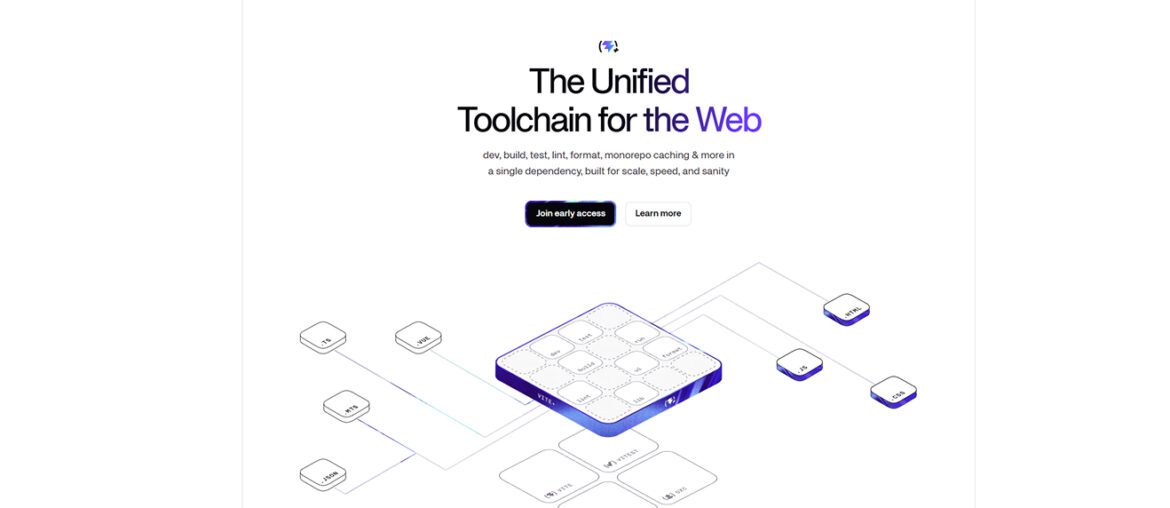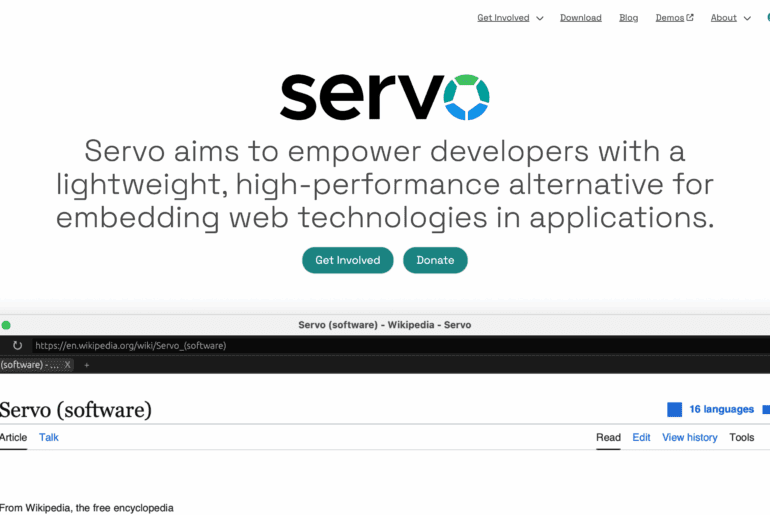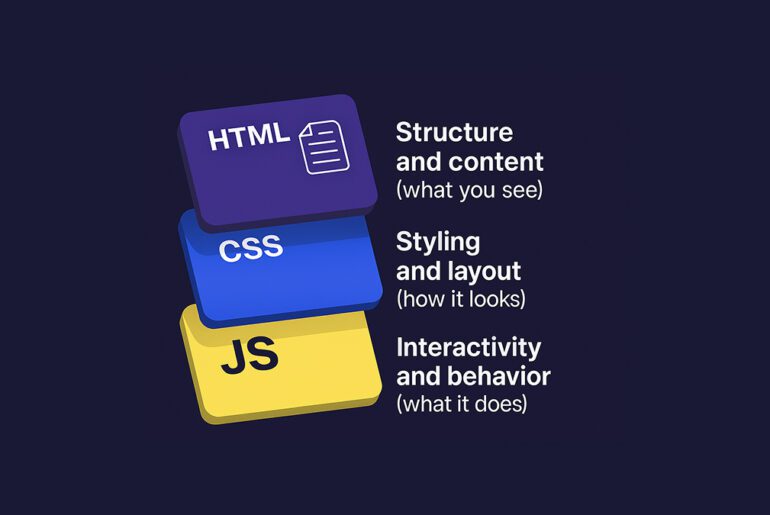VoidZero, the company behind Vite and related tooling, has revealed Vite+, a new unified toolchain designed to combine development, build, test, linting, formatting, monorepo caching, and more under a single dependency. The platform is currently in early access.
Vite+ is offered as a “drop-in superset” of Vite, allowing incremental adoption for teams already working with Vite. It is designed to support multiple JavaScript runtimes — including Node, Bun, and Deno — and integrates into popular frameworks such as React, Vue, Svelte, Solid, and others.

The creation of Vite+ addresses long-standing fragmentation within the JavaScript tooling ecosystem. Many projects rely on a patchwork of tools — build systems, test runners, formatters, linters, caching layers — each with its own configuration and lifecycle. Vite+ proposes to internalize these functions into a cohesive, consistent stack.
VoidZero claims that by reusing low-level components across tasks (parsing, resolving, transforming, etc.), redundant work is eliminated and performance is improved. To support this, many internals are being developed in Rust, with the goal of building a toolchain that is faster and more reliable at scale.
According to the team, Vite+ offers dramatic performance improvements, including builds up to 40× faster than webpack and linting up to 100× faster than ESLint (as claimed in the promotional material).
Vite+ includes or extends the following capabilities:
- dev & build: A fast dev server with near-instant hot module replacement (HMR) and a production build system leveraging Vite and a new bundler, Rolldown (built for this ecosystem).
- test: A test runner that shares the same resolve and transform configuration as the rest of the toolchain, supporting browser mode, snapshot testing, coverage, and more.
- lint: A high-performance linter with compatibility for ESLint rules, but built atop Oxc (a new toolchain component).
- format: A built-in formatter akin to Prettier, with enhancements for line wrapping and code ordering, powered by the same core infrastructure.
- run / monorepo caching: Task execution and caching that works out of the box (offering an alternative to Turborepo/Nx) with smart inference of inputs.
- UI tools: Graphical devtools providing insight into build pipelines, module graphs, bundle size, and performance bottlenecks.
- library bundling (lib): Support for generating TypeScript definition files, automatic export mapping, and efficient bundling of libraries.
- Compatibility: Support for meta-frameworks (e.g. frameworks that wrap around Vite) and deployment to popular platforms like Vercel, Netlify, and Cloudflare.
In its promotional materials, VoidZero describes Vite+ as source-available, with a “generous free tier” for open source and small businesses. Commercial licenses and enterprise SLAs are envisioned for larger organizations.
Several related developments hint at the near-term evolution of Vite+ and the wider tooling ecosystem:
- VoidZero has already developed Rolldown, a Rust-based bundler intended to replace parts of the current Vite build system. The rolldown-vite package acts as a drop-in replacement for Vite and promises significant performance gains, with some users reporting build time reductions of 3× to 16× and large memory usage savings.
- VoidZero is also advancing Oxc, a toolkit for parsing, transforming, linting, and other core language services.
- Collaboration with NuxtLabs is underway on Vite DevTools, which aims to provide richer debugging and introspection for projects built on Vite and Vite+.
- The founding of VoidZero was backed by a $4.6 million seed round, led by Accel, to support this ambitious toolchain vision.
Challenges & Considerations
While Vite+ presents a compelling unified vision, several questions and uncertainties remain:
- Licensing & openness: Although Vite+ is described as “source-available,” it is not clear whether it will be fully open source under permissive licenses or adopt a hybrid/proprietary model. Some users on forums have already asked whether this could lead to vendor lock-in.
- Ecosystem compatibility: For Vite+ to succeed, existing plugins, frameworks, and build pipelines need smooth compatibility or migration paths. Some advanced or edge-case plugins may need adaptation.
- Adoption hurdles: Convincing teams to move from their existing tooling may be difficult, particularly for larger, mature codebases. The transition of multiple independent tools into one system can present risks.
- Sustainability & business model: VoidZero’s approach to monetization—particularly commercial tiers and enterprise SLAs—will influence how the community perceives the stability and longevity of Vite+.
Outlook
Vite+ is a bold step toward consolidating web development tooling into a coherent, performant stack. Leveraging Rust-based components (Rolldown, Oxc) and building on the success of Vite gives VoidZero a strong foundation. The early access phase, source availability, and free tier offer an accessible entry point for developers to explore adoption.
Its success will depend on how smoothly existing projects can migrate, how well it supports the diverse JavaScript ecosystem, and how the licensing and community model evolves. For now, Vite+ is a project to watch closely — it could represent a significant shift in how web tooling is structured and consumed.










